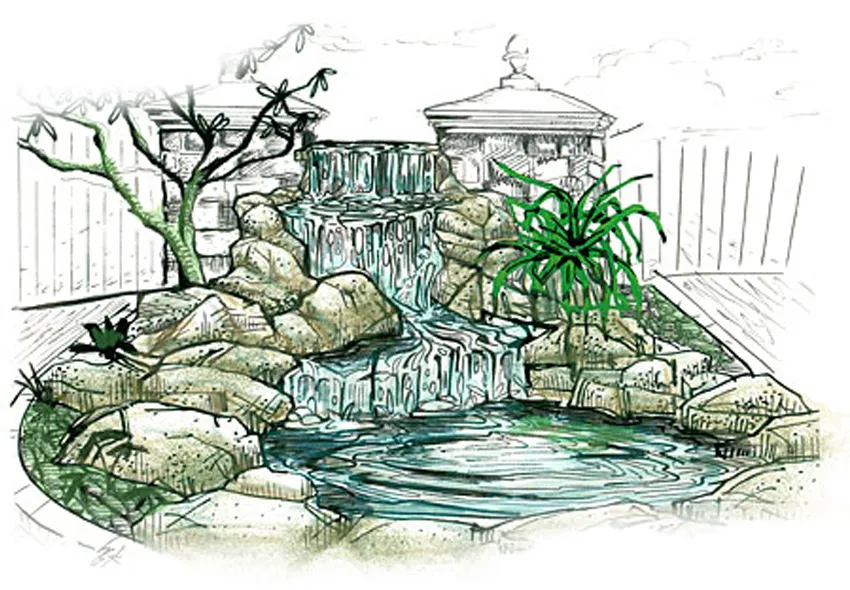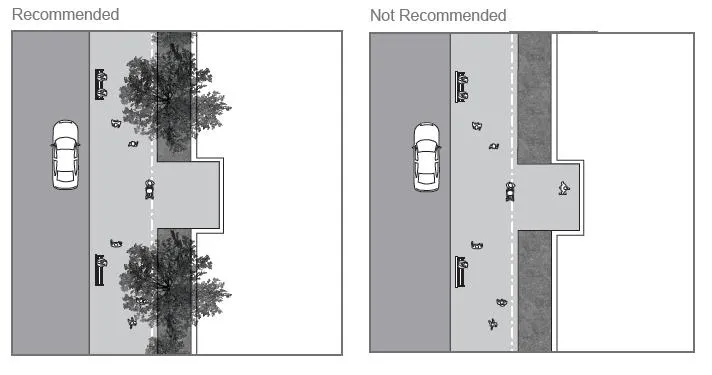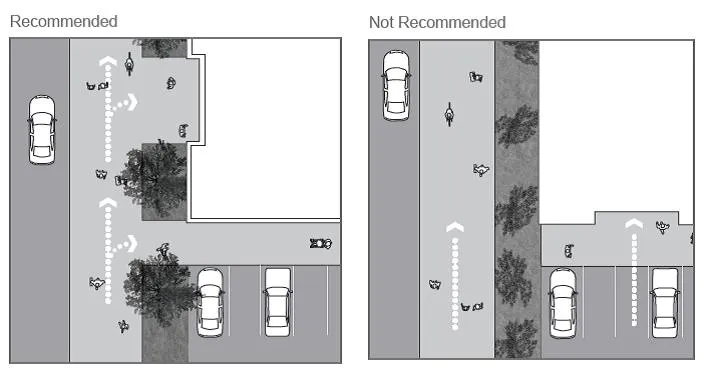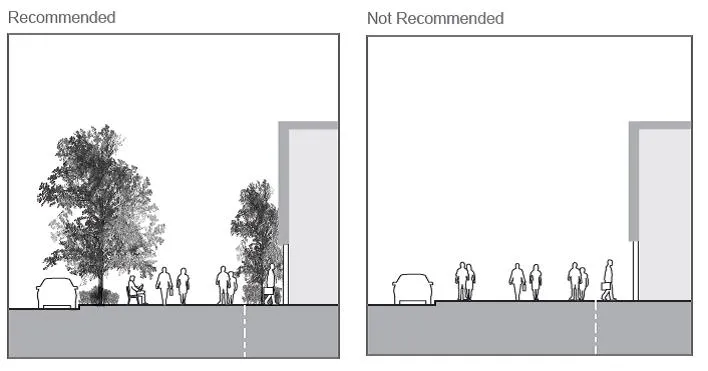If you want to know about the nature with landscape or types of gardens or Japanese landscape, please click the link.
Landscape site planning is the process of designing and organizing the outdoor space of a property. It involves assessing the land, determining the best use of the space, and creating a plan for the layout and features of the landscape.
Elements for site planning
1) Water
- standing water (garden pools, ponds, lakes etc.)
- flowing water (garden streams, channels, rivers etc.)
- falling water (garden waterfalls, cascades, weirs etc.)
- a spray of water (garden fountains, sprays, jets etc.)

2) Landform
- Landform remains one of the most dramatic elements available to garden and landscape designers. Landform is treated as land sculpture.
- Level changes become significant aspects of the spatial design.
- The parking zone is defined for two and four wheelers through hedges or paint guidelines.
3) Vertical structures (buildings)
Garden and landscape designers should treat buildings as objects with which to define and contain space. Structures are often better on the edge of a site than at its centre.
4) Horizontal structures (road network)
They are of two types:
- Motorable
- Pedestrian
- Laying good road network is craftwork. It requires good selection of materials, sensitive jointing and well-judged patterning.
- A landscape designer should consider the use of local materials. They are the best choice and do much to create local identity.
- MATERIALS – toughened glass flooring, chequered tiles, concrete blocks, cement flooring, pebbles
5) Climate
- Domestic courtyards in China were planned according to climatic and symbolic criteria.
- Traditional practice was to orient buildings and courtyards on a north-south axis.
- In North China [cold] – caught the sun and gave protection from arctic winds.
- In South China[hot] – caught the breeze from the ocean.
- Deep porches were used as in India and America where the verandahs gave deep shade in summer and allowed the low winter sun to enter.
- Sitting areas should be according to the climatic conditions and times of the day.

6) Vegetation
The arrangement of flowering plants for aesthetic or utility reasons became popular in the nineteenth century and was greatly advanced by the Arts and Crafts movement. As Gertrude Jekyll demonstrated through her life and work, this requires:
- artistic judgement
- horticultural knowledge
- experience
with respect to urban planning
- Provide canopy trees in planting areas in addition to the street trees

- Provide planting that complements pedestrian movement or views

- Provide planting that complements the character of the built environment

Lawrence Harpin, the eminent landscape architect says, “if one can step for a moment into an outdoor space, no matter how small and get a glimpse of the sky and the smell of the earth, trees and flowers, then the overwhelming scale and density of urban life can be largely overcome”.

Overall, landscape site planning is a critical process for creating an outdoor space that is not only functional and beautiful but also sustainable and long-lasting.